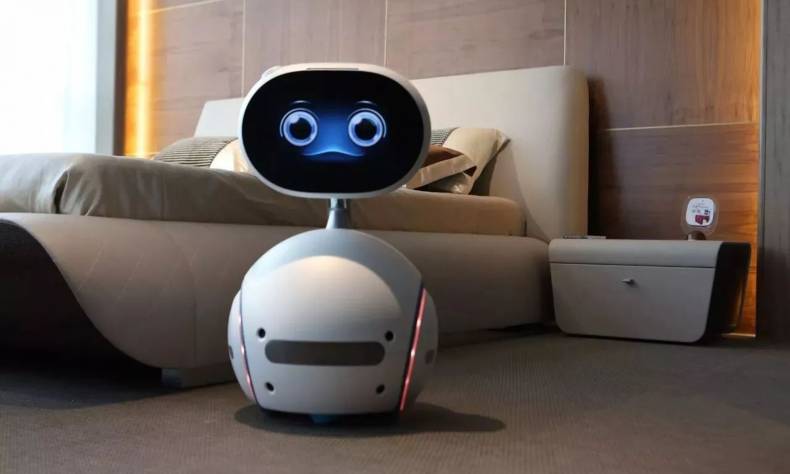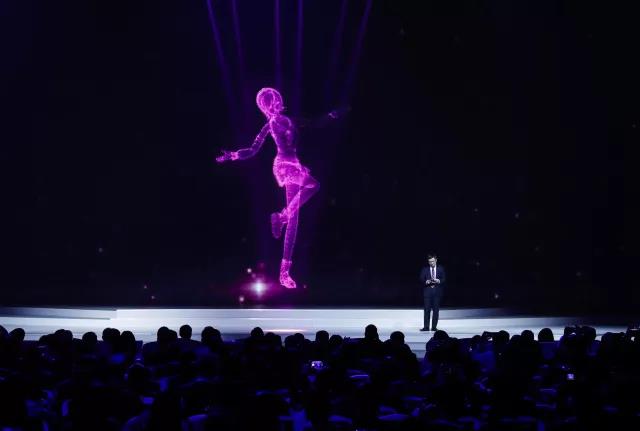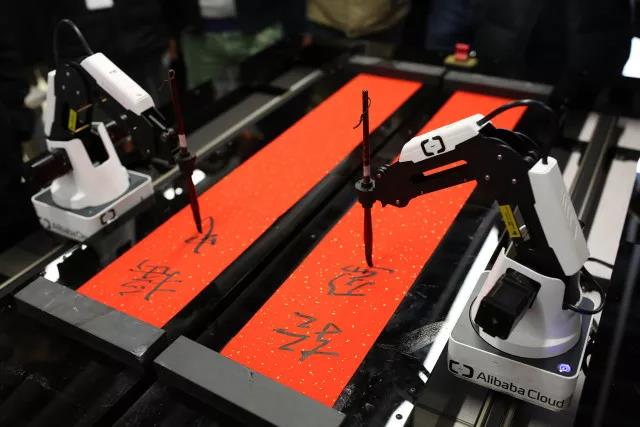
Artificially Creative
Artificial Intelligence (AI) is an extremely wideranging term that can mean different things to different people. For some of us in India, it conjures an image of Chitti, the humanoid robot played by the Indian superstar Rajnikanth in the movie Robot.
By Anantika Mehra
Artificial Intelligence (AI) is an extremely wideranging term that can mean different things to different people. For some of us in India, it conjures an image of Chitti, the humanoid robot played by the Indian superstar Rajnikanth in the movie Robot. The “Playtest” episode of the popular TV show Black Mirror is another chilling example of what is possible if computers learn enough about us. For the more technical, however, it may inspire an image of lines upon lines of code, and functions such as facial recognition or natural language processing.
Whether in Facebook algorithms serving you up the most targeted advertising, video games, self-driving cars or Google and Amazon’s virtual assistant devices, AI can be found everywhere these days.
In our collective imagination, as manifested in media and literature, there has always been some fear of machines taking over the planet. From 2001: A Space Odyssey to iRobot, Terminator and Bicentennial Man, fiction has constantly depicted robots achieving some sort of humanity. In The Matrix, the machines literally take over. But a real concern is that despite AI making our jobs far simpler, it is also taking them away. In novels as early as George Orwell’s 1984, machines were producing cheap pornography and writing stories for the public. In recent years, a Japanese AI program wrote a story that almost won a literary award, and an American AI algorithm is writing the next Game of Thrones book. This, along with many other parts of Orwell’s dystopia, is now our reality.
Δ Microsoft ice – emotion computing artificial intelligence.
MIT Technology Review always has fascinating insights to offer. For example, the EmTech Digital Conference this year had a display demonstrating just how much AI can do with an image. From replacing backgrounds so that improper lighting is corrected to replacing specific objects in the background, it seems AI can do anything. Such technology could save photographers and image editors hours of painstaking work, but is also sort of outsources human creativity. AI like this can and will completely change our perception of art and beauty and perhaps take it beyond the realm of technical beauty to a more conceptual plane.
Another super-cool thing to do with AI is to teach it martial arts and then let it choreograph its own fight in a movie sequence or a video game. It can precisely mimic human reactions in such a situation and completely eliminate the need for painstaking choreography and animation.
And the entire AI diagnostics market is emerging gradually. From the recent device that the United States’ FDA approved to detect diabetic retinopathy to Google cloud scientist Jia Li’s work on simplifying the image processing used in radiology, training algorithms to recognize cancerous tissue, analyzing body fluids with enhanced image processing and facial recognition for identifying rare diseases, the possibilities are limitless.
Two concerns arise from the emergence of this field though. First, will AI ultimately make doctors redundant? And secondly, how does one make an algorithm follow a code of ethics?
I watched a documentary called Humans Need Not Apply that addresses the fear of AI making humans redundant as workers. The fear of technology taking away human jobs has persisted as long as modern civilization has. First we built mechanical tools and machines to make our work easier. Then we moved on to computers, which did a lot of mechanical work such as calculations that our brains could, but in much less time. With AI, we have moved on to the next step, because, for the first time, machines can take over the creative work that we do with our brains. Mechanized robots require humans to run them, but AI is autonomous, in that it can see and learn. It has the ability to make decisions. It can digest huge data sets and identify patterns that require computational power much more than the human brain. And all of this is at a cost much lesser than that of a human worker. For now, AI is taking away low-skilled jobs. But as machines become more and more powerful, we don’t know what other jobs could be in jeopardy.
The second point, of ethics, is also extremely important. The value system or ethics that an algorithm has depends a lot on the ethics of the humans who create it. Some scientists have opined that especially in fields that require empathy, replacing humans with machines is a threat to human dignity.
Δ On January 13, 2017, “calligrapher” Aliyun artificial intelligence ET was writing a spring couplet in hangzhou, China.
Another thing humans may do is to build AI that is destructive, even if it is not malicious. The feminist critique of technology, which says that a system designed and run mostly by men is bound to reproduce their biases, rings even truer here. Recently, bots like Siri and Cortana, which have female voice representations, were tested for their responses to sexual harassment, and the results were telling. They did not stand up to the sexual harassment, and sometimes their responses were almost encouraging. Of course, these algorithms were not designed for the purpose of being responsive to sexual harassment, but the argument here is that the creators of these technologies have an ethical responsibility to ensure that users do not normalize this sort of harassment of female voices. AI needs to have more diverse creators to ensure greater sensitivity to the needs of people with different social identities.
At the rate of its advancement today, AI promises to revolutionize our lives and steal our jobs. All we can do is wait and watch.
The author is a master’s student at Tata Institute of Social Sciences, Mumbai
Source: China Pictorial
 Facebook
Facebook
 Twitter
Twitter
 Linkedin
Linkedin
 Google +
Google +












